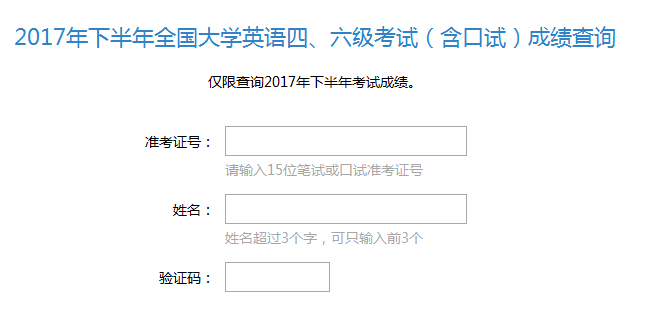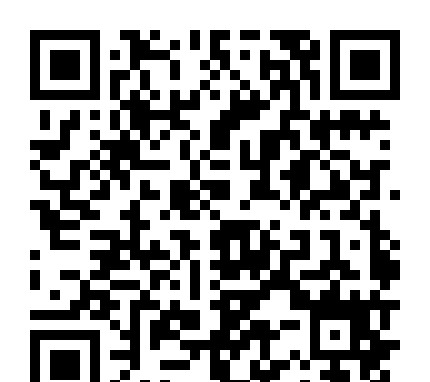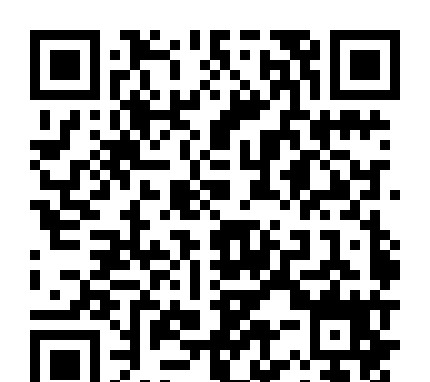GMAT考试RCOGWORD(三八)
|
Passage 38 During the nineteenth-century, occupational information about women that was provided by the United States census-a population count conducted each decade-became more detailed and precise in response to social changes. Through 1840, simple enumeration by household mirrored a home-based agricultural economy and hierarchical social order: the head of the household (presumed male or absent) was specified by name, whereas other household members were only indicated by the total number of persons counted in various categories, including occupational categories. Like farms, most enterprises were family-run, so that the census measured economic activity as an attribute of the entire household, rather than of individuals. The 1850 census, partly responding to antislavery and women’s rights movements, initiated the collection of specific information about each individual in a household. Not until 1870 was occupational information analyzed by gender: the census superintendent reported 1.8 million women employed outside the home in “gainful and reputable occupations.” In addition, he arbitrarily attributed to each family one woman “keeping house.” Overlap between the two groups was not calculated until 1890, when the rapid entry of women into the paid labor force and social issues arising from industrialization were causing women’s advocates and women statisticians to press for more thorough and accurate accounting of women’s occupations and wages. 236. The primary purpose of the passage is to (A) explain and critique the methods used by early statisticians (B) compare and contrast a historical situation with a current-day one (C) describe and explain a historical change (D) discuss historical opposition to an established institution (C) (E) trace the origin of a contemproary cotroversy 237. Each of the following aspects of nineteenth-century United States censuses is mentioned in the passage EXCEPT the (A) year in which data on occupations began to be analyzed by gender (B) year in which hspecific information began to be collected on individuals in addition to the head of the household (C) year in which overlap between women employed outside the home and women keeping hosue was first calculated (D) way in which the 1890 census measured women’s income levels and educational backgrounds (D) (E) way in which household members were counted in the 1840 census 238. It can be inferred from the passage that the 1840 United States census provided a count of which of the following? (A) Women who worked exclusively in the home (B) People engaged in nonfarming occupations (C) People engaged in social movements (D) Women engaged in family-run enterprises (B) (E) Men engaged in agriculture 239. The author uses the adjective “simple” in line 5 most probably to emphasize that the (A) collection of census inofrmation became progressively more difficult throughout the nineteenth-century (B) technology for tabulating census information was rudimentary during the first half of the nineteenth century (C) home-based agricultural economy of the early nineteenth century was easier to analyze than the later industrial economy (D) economic role ofwomen was better defined in the early nineteenth century than in the late nienteent century (E) (E) information collected by early-nineteen-century censuses was limited in its amount of detail 240. The passage suggests which of the following about the “women’s advocates and women statisticians” mentioned in lines 27-28? (A) They wanted to call attention to the lack of pay for women who worked in the home. (B) They believed that previous census information was inadequate and idd not reflect certain economic changes in the United States. (C) They had begun to press for changes in census-taking methods as part of their participation in the antislavery movement. (D) They thought that census statistics about women would be more accurate if more women were employed as census officials. (B) (E) They had conducted independent studies that disputed the official statistics provided by previosu United States censuses. |








